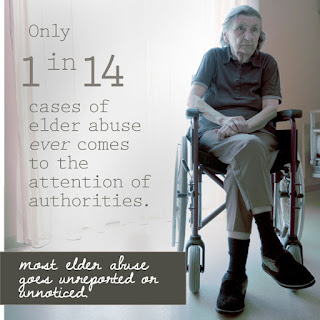 |
“Impaired driving” is most commonly attributed to
alcohol and/or drugs, but also includes potentially deadly
distracted driving habits.
|
Last year, CalVCP received nearly 850 claims for crimes involving impaired drivers and provided $1.4 million in assistance for related medical expenses, mental health bills, and funeral/burial costs. Fatalities caused by impaired driving are 100-percent preventable, but eliminating them requires active vigilance from everyone. This, of course, means refraining from driving while under the influence of alcohol, illegal drugs, prescription medications, or over-the-counter medications. You don’t have to forgo the holiday festivities, but you should always plan ahead. Be sure to designate a driver at the beginning of the night, whether it be a sober friend or one of the many safe ride programs available throughout the state. For example, AAA’s Tipsy Tow offers members and nonmembers a free tow home on select holidays like Thanksgiving and New Year’s Eve.
Last year, CalVCP received nearly 850 claims for crimes involving impaired drivers and provided $1.4 million in assistance for related medical expenses, mental health bills, and funeral/burial costs.
While “impaired driving” is most commonly attributed to alcohol and/or drugs, the term is rapidly evolving beyond the traditional definition of driving under the influence to encompass distracted and potentially deadly habits such as texting or making phone calls without a proper Bluetooth accessory. To thwart the increasing temptation for drivers to multitask on the road, AT&T has publicly spearheaded the “It Can Wait” campaign, a nationwide anti-texting effort complete with mobile app, which allows users to set a customizable autoreply text message similar to an “out of office” alert.
With the many cost-free resources available to Californians, there is absolutely no excuse for drunk, drugged, or distracted driving. In addition to putting your life and others at grave risk, a reckless driving ticket or DUI conviction will burn your bank account, mar your DMV record, and inflate your insurance rates – it’s not worth it! Join me this month, and every day of the year, in pledging to eliminate impaired driving, and to keep our roads and our families safe this holiday season.
Julie Nauman is the Executive Officer for the Victim Compensation and Government Claims Board (VCGCB). VCGCB provides compensation for victims of violent crime and helps to resolve claims against the State.




























